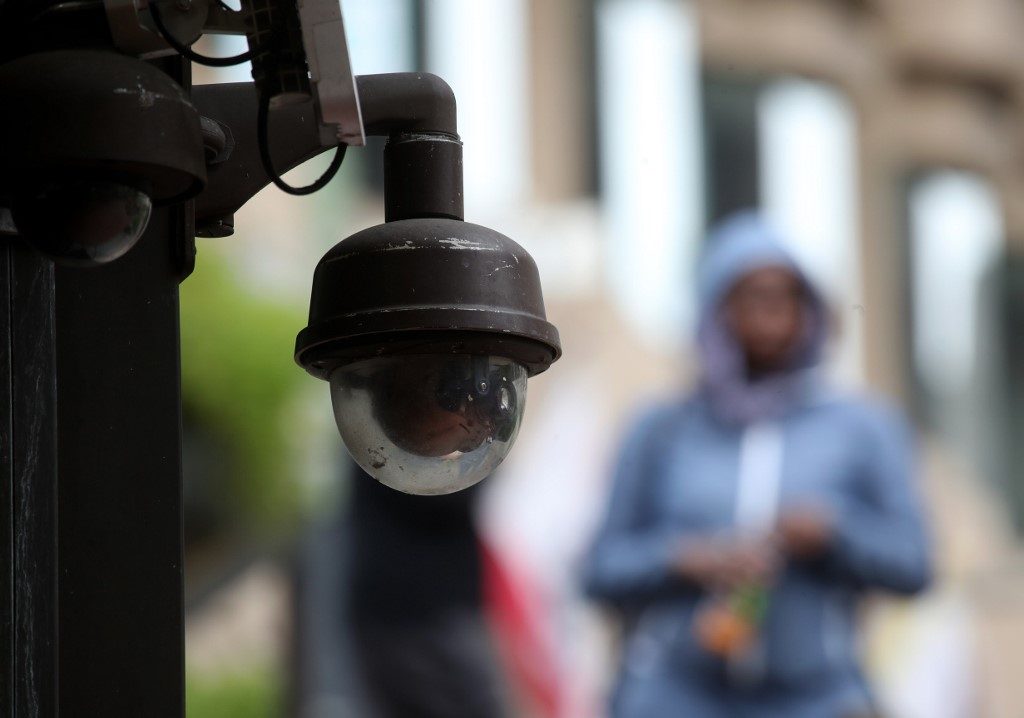SUMMARY
This is AI generated summarization, which may have errors. For context, always refer to the full article.

SAN FRANCISCO, USA – San Francisco on Tuesday, May 14, US time, became the first US city to ban use of facial recognition technology by police or other government agencies.
Backers of the legislation argued that using software and cameras to positively identify people is, as city councillor Aaron Peskin put it, “not ready for prime time.”
All but one of the 9 members of San Francisco’s board of supervisors endorsed the legislation, which will be voted on again next week in a procedural step not expected to change the outcome.
“The propensity for facial recognition technology to endanger civil rights and civil liberties substantially outweighs its purported benefits, and the technology will exacerbate racial injustice and threaten our ability to live free of continuous government monitoring,” read the legislation passed Tuesday.
The ban was part of broader legislation setting use and auditing policy for surveillance systems, creating high hurdles and requiring board approval for any city agencies.
“It shall be unlawful for any department to obtain, retain, access, or use any Face Recognition Technology or any information obtained from Face Recognition Technology,” read a graph tucked into the lengthy document.
The ban did not include airports or other federally regulated facilities.
A similar ban is being considered across the bay in the city of Oakland.
Worries about the technology include dangers of innocent people being misidentified as wrongdoers and that systems can infringe on privacy in everyday life.
Others, however, argue that facial recognition systems can help police fight crime and keep streets safer. The technology has been credited with helping police capture dangerous criminals, but also criticized for mistaken identifications.
“Facial recognition can be used for general surveillance in combination with public video cameras, and it can be used in a passive way that doesn’t require the knowledge, consent, or participation of the subject,” the American Civil Liberties Union said at its website.
“The biggest danger is that this technology will be used for general, suspicionless surveillance systems.”
Chinese authorities are using a vast system of facial recognition technology to track its Uighur Muslim minority across the country, according to a recent story in the New York Times. (READ: China’s surveillance system coming to the Philippines?)
Beijing has already attracted widespread criticism for its treatment of Uighurs in the northwest region of Xinjiang, where up to 1 million members of mostly Muslim Turkic-speaking minority groups are held in internment camps, according to estimates cited by a UN panel.
But according to the Times article, facial recognition technology – integrated into China’s huge networks of surveillance cameras – has been programmed to look exclusively for Uighurs based on their appearance and keep records of their movements across China.
It was thought to be the first known example of a government intentionally using AI for racial profiling. – Rappler.com
Add a comment
How does this make you feel?
There are no comments yet. Add your comment to start the conversation.